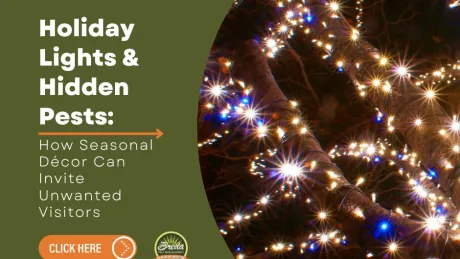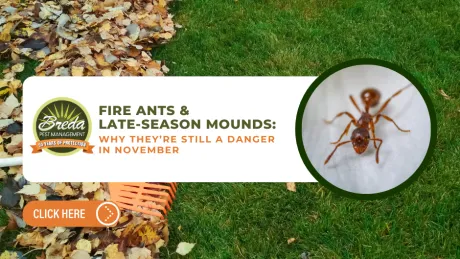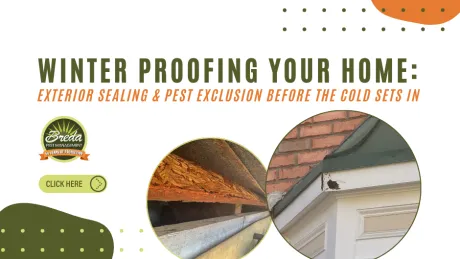Ladybugs. Bugs that are ladies? Do they wear dresses and have good manners?
Well believe it or not, but these polite insects are quite beneficial insects to have in your garden; they feed on garden pests such as aphids, mealy bugs and mites. However, just like every teenager, they themselves can become a pest. But let’s focus on the good first.
The most common insects that ladybugs- even larval ladybugs- eat are aphids, which are serious pest of plants. That’s why ladybugs can often be the gardener's best friend. They will control the pest insects in the garden without the gardener having to use chemical pesticides and also eat other insects that have soft bodies, like mites, white flies, and scale insects – all of which are pests of plants. Furthermore, some of them eat fungus, like mushrooms. There are some that like to dine on mildew. Still others prefer eating leaves and can even become pests of some plants.
The ladybug goes through 4 main stages of life.
-
Egg stage: Female ladybugs lay their eggs on the underside of leaves.
-
Larvae stage: Once the eggs hatch, the larvae will come out and start looking for something to eat. They will look for tiny mites or aphids and they should find plenty because the mother found the perfect leaf to lay her eggs under because of the abundance of food for the larvae to find.
-
Pupa stage: After a couple of weeks of growing, the larvae will start to change into something that looks like a shrimp. During the pupa stage, the larvae are going through a metamorphosis into a ladybug.
-
Adult ladybug stage: When the metamorphosis is complete, the skin of the larvae will split open and the full grown ladybug will emerge. As the shell hardens it also gains pigment, which causes the ladybug to become bright red.
We see how ladylike these bugs can really be, but every lady has those days...
Ladybugs congregate in large numbers during the late fall rather than disperse to over winter individually under bark or in leaf litter. Ladybugs often cluster on the sides of homes and other buildings, eventually working their way into the building through small cracks or crevices such as natural breaks in the window panes, door jams or even foundations. They are seeking a suitable place to spend the winter and once they are inside the building, ladybugs hibernate, until the first warm days of early spring when they seem to come back to life and begin crawling about. This reawakening may take place over several weeks, depending on temperatures and the size of the population. When they become active, ladybugs often find themselves inside the home rather than outside and are merely looking for a way to escape to the out-of-doors.
The most effective way to get rid of ladybugs and prevent them from entering homes and buildings is to seal cracks around windows, doors, siding, and utility pipes, behind chimneys, underneath the wood fascia, and other openings. We recommend using a good quality silicone or silicone-latex caulk. Damaged screens on doors and windows should be repaired or replaced and if ladybugs have already entered a home or building, a vacuum cleaner can aid in their removal. If an infestation has developed inside a home or building, a licensed ladybug pest control operator should be called to evaluate and assess the problem. Breda also recommends adding borate loose-fill insulation to the attic. This will add warmth in the winter and prevent pests from using your attic to over-winter.
Ladybugs are very sweet and helpful when it’s warm outside, but get cranky when it’s cold out, just like most of us! Stay warm this winter!!



